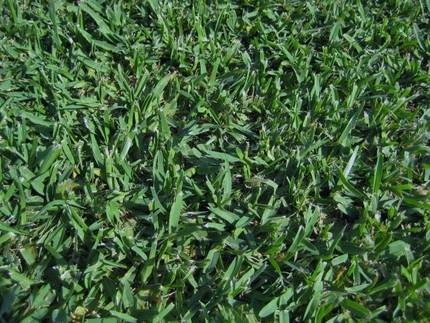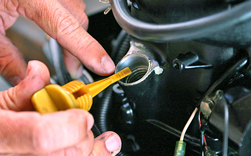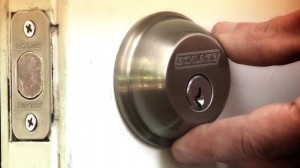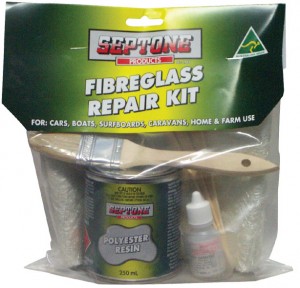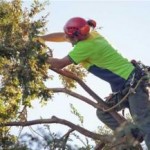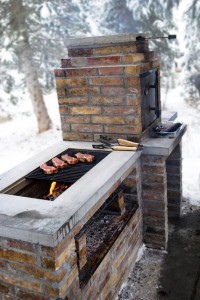A well-kept green lawn not only adds to the appearance of your home, it prevents soil erosion, does not transmit noise as do hard surfaces, and produces oxygen.
Because a lawn is a permanent feature of your home, it should be planned and planted with thought and care.
The stages in planting a lawn are:
- soil preparation
- grading
- fertilising
- planting
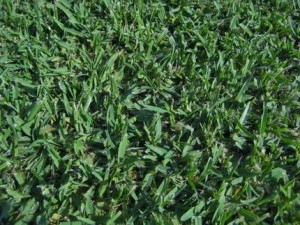
Soil preparation should be done well ahead. Remove large stones, rubble and perennial weeds. Annual weeds can be dug into the soil. Leave the newly dug soil fallow for a few weeks, allowing weeds to come up so you can hoe them down. Adding animal manure to the soil will enrich clay or sandy soils.
Before planting, check that the soil has a balance of acidity and alkalinity. (pH) Soil testing kits are sold so you can pH test the soil. If soil is too acid, add lime if too alkaline, add gypsum. Check that the soil is crumbly enough by squeezing a ball in your hand. If too sandy or muddy, add peat moss to correct either problem.
Grading.
For good drainage, the lawn should slope gradually away from the house in all directions You can grade the area yourself, judging it by eye, or have it done for you. After grading, turn the hose on the area and look for any places where too much water collects.
Fertilising.
After grading and adjusting the soils pH, till it. The best tool for this is one of the rotary tillers which have converging blades to slice and chip the soil as you push it along. Then apply a suitable mixed fertiliser. Many brands are available which can be broadcast by hand or in a fertiliser spreader. Spread the fertiliser evenly and rake it welling ready for planting.
Planting.
When you decide on the kind of grass to plant, remember they will all need attention, but some kinds of grass need more care than others. Take into account the local climate, moisture and soil conditions and choose suitable seeds. Grass can also be planted by laying runners or planting squares of turf bought from a nursery.
Spread the seed either by hand or in a seed spreader, at the rate recommended by the supplier- don’t spread it so thickly that the seedlings choke each other as they come up.
After sowing, rake the area to partly bury the seeds. Generally, only very sandy soils will need rolling to set the seeds.
Feed with a suitable fertiliser and keep the soil moist after sowing. The top layer of soil should be kept damp at all times until the seedlings come up, when they can be watered each morning only.
The grass should be cut when it is 40-5Omm high to help spread the root system and make the grass thicken.
Mow each week until the lawn is sufficiently thick then mow as normal.
Maintaining the lawn.
Established lawns should be fertilised at least once a year with complete fertiliser. To keep the acidity of the soil in balance, apply lime or dolomite every second or third year, governed by regular soil testing.
Home made weed killer.
4 cups (1 Litre) of white vinegar
1/4 cup (50 mL) of table salt
2 tsp (10 mL) of your favorite dishwashing liquid.
Materials you’ll need:
- Soil testing kit
- Lime or gypsum
- Peat moss
- Suitable mixed fertiliser
- Grass seeds
- Sprinkler or hose system
- Complete fertiliser
Tools you’ll need:
- Spade and hoe or mattock Rake
- Roller if required
- Mower
